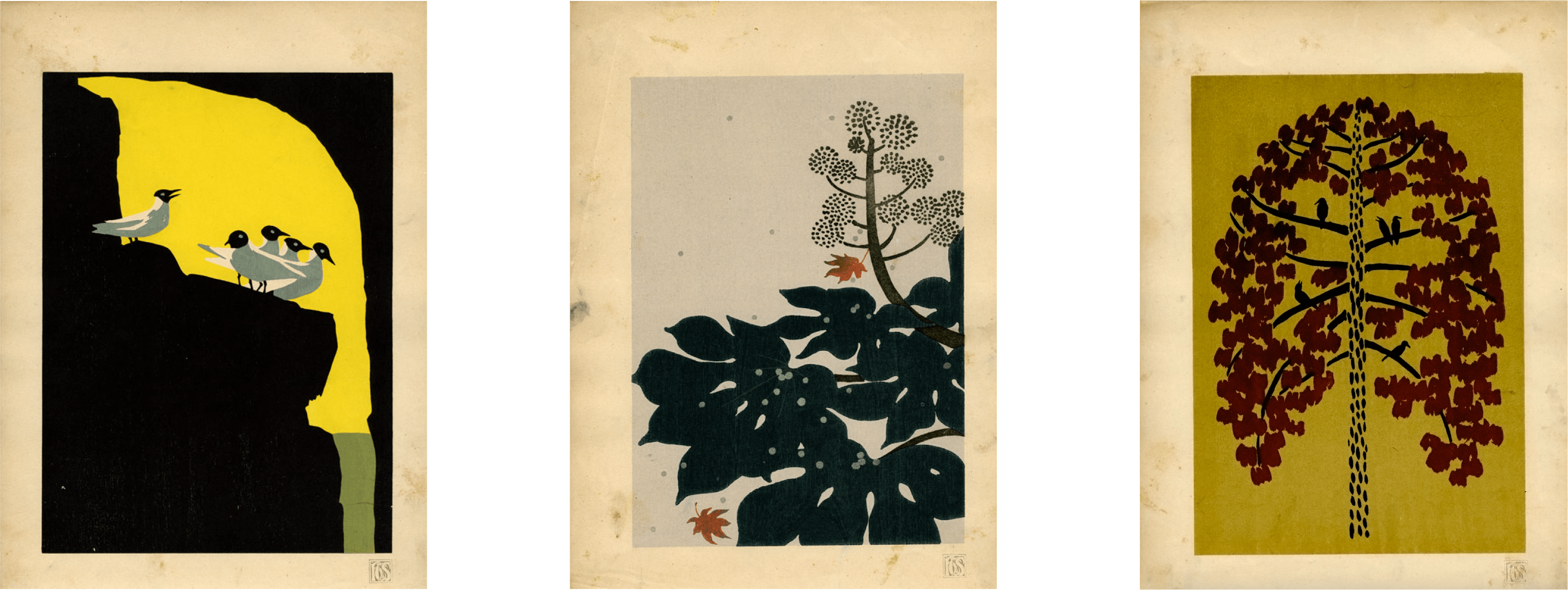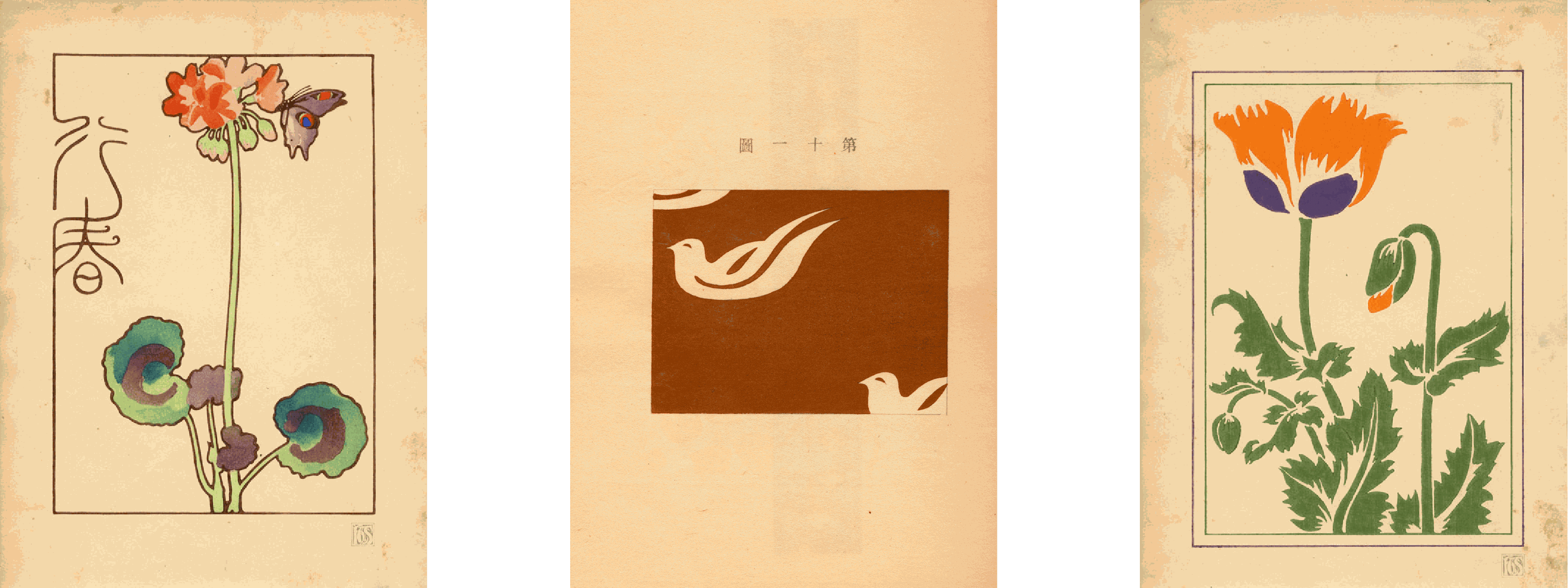
The little known origin of graphic design in Japan
There was not a well-defined line between fine arts, crafts, and design in Japanese culture, let alone the concept of its necessity. Thus, there were no Japanese words for fine arts, craft, and design until the end of the 1800's, when we opened our country to Western civilization. Then we even hurriedly coined new words for art, craft, and design to join “the modern western world”. Why this was, is a story for another time.
As we talked about the rise and fall of Zuancho here, it traveled to Tokyo right before its disappearance from Kyoto.
It was in that transition, a slight shift happened that would lead to the earliest “graphic design” developed in Japan.
The Kimono industry in Tokyo started to publish books that were similar to zuancho, not with the craft and mastery of beautiful woodblock prints, but in a very crude way of printing akin to early calotype printing. However the woodblock printed books did not go by the wayside. There was another significant development that happened outside the kimono industry.
Graphic Design pattern books that were composed of woodblock printed pages, done in the same fashion as Zuancho, began to be published. Since then, graphic design has developed exponentially with many other influences, into the concept we are familiar with today.
Here are some examples of the earliest graphic designs in Japan by Sugiura Hisui 1917 and Kajita Jojiro (Hanko) 1903


